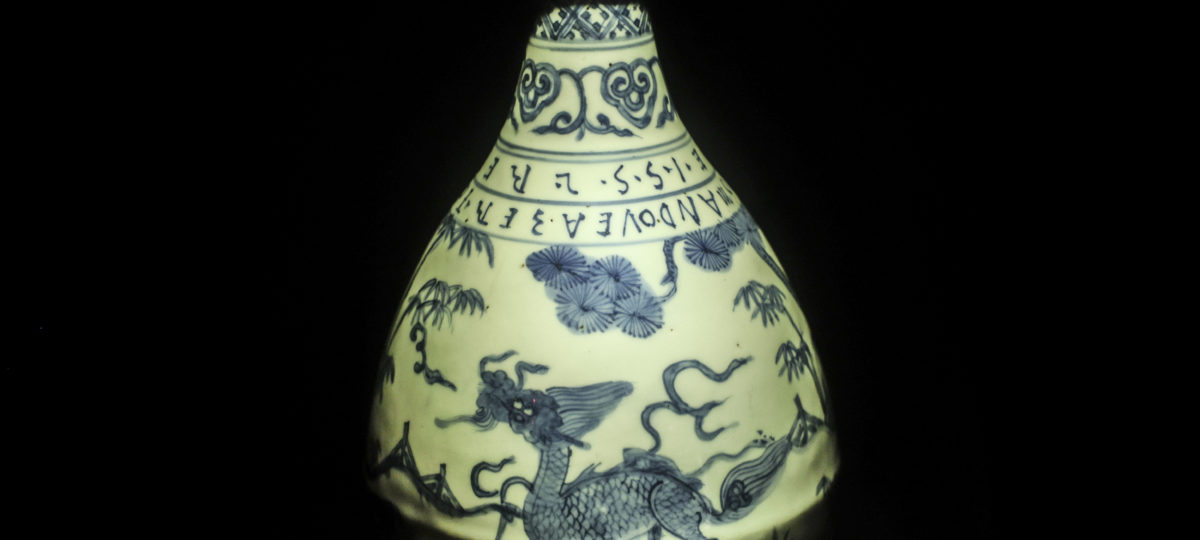500 year-old bottle tells the beginning of Portugal’s history with Macau
A 500 year-old porcelain bottle and the last flag flown in the transfer of Macau’s administration are some of the objects that show the relationship between Portugal and the former Portuguese colony in China at the Macau Scientific and Cultural Center, in Lisbon.
These are just two of the approximately 4,000 pieces on display in the museum and which aim to “give an idea of 5,000 years of Chinese history and art, ranging from the Neolithic period to the beginning of the 20th century”. XX”, as explained by the director of the museum, Rui Dantas.
In this space, he told Lusa, visitors can understand “how Macau was created and the relationships that were established between Europe and Asia, from Macau”.
The collection has examples of the first Neolithic ceramics, even funerary terracotta, bronzes, song ceramics, objects for smoking opium, paintings, silverware and fans, among others.
One of the objects highlighted is a decorated bottle that was commissioned in 1522 by Jorge Álvares, a wealthy merchant from Freixo Espada à Cinta who had Fernão Mendes Pinto as a partner and was one of the Portuguese pioneers in the porcelain business.
The work marks the beginning of the porcelain trade, being one of the first commissioned pieces in the beginning of a vast journey of commercial exchanges, explained the director of the Museum of Macau.
Another outstanding piece is a Buddha signed by the ceramic artist Pun Yu Shu, disciple of the famous master of Shek Wan ceramics, and which was commissioned by the collector Silva Mendes, the first European to collect quality pieces with the characteristics of Shek Wan ceramics.
The space has a note on the transfer (of the administration of the territory from Portugal to China), having exposed the last flag to be lowered in the official ceremonies of the transfer of the administration of Macau, in 1999.
That was precisely the year in which CCCM was created, in order to “promote knowledge of the relations between Europe and Asia”, purposes that are still maintained, with a strong component in training, according to the president of the Centre, Cármen Mendes .


